Airlines in India have started competing to offer the most affordable fares and the best facilities to both domestic and international passengers. As convenient as air travel is, passengers also face a few hassles like flight delays or long waits at the airport.
Just like you see waiting rooms at railway stations and bus terminuses for passengers, airports also have lounge facility for passengers waiting for their flights. At these lounges, travelers can sit, use wi-fi, and enjoy food and drinks before they embark on their journey. However, not all airport lounges are open to everyone. Some airports have lounges available only for membership holders, while some charge a hefty fee.
So, if you want to use the lounge access facility at airports, the best way is to get a membership by owning a premium credit card that offers this facility. Many banks and credit card companies offer free lounge access at select airports in India and globally. If you are a frequent traveler then having such a credit card can be helpful.
Also read: Why are people spending less using credit cards – Key worries are…
Best credit cards for airport lounge access in India in 2025
(Source: Bank Bazaar)
HDFC Visa Signature Credit Card
Joining Fee: NIL
Annual Fee: Free for the 1st year if Rs 15,000 is spent within 90 days of card allotment.
Annual Fee Waiver: Spend Rs 75,000 a year for free renewal.
Lounge Access: Complimentary access at domestic or international airports.
HDFC Bank Diners Club Black Credit Card
Joining Fee: Rs 10,000 + taxes
Annual Fee: Rs 10,000 + taxes
Annual Fee Waiver: Spend Rs 5 lakh within 12 months to waive the renewal fee.
Lounge Access: Complimentary access at domestic or international airports.
HDFC Bank Millennia Credit Card
Joining Fee: Rs 1,000 + taxes
Annual Fee: Rs 1,000 + taxes
Annual Fee Waiver: Spend Rs 1 lakh in a year to waive the renewal fee.
Lounge Access: Complimentary access at domestic or international airports.
HDFC Bank Tata Neu Infinity Credit Card
Joining Fee: Rs 1,499 + taxes
Annual Fee: Rs 1,499 + taxes
Annual Fee Waiver: Spend Rs 3 lakh a year before renewal to get the fee waived.
Lounge Access: Complimentary access at domestic or international airports.
SBI Elite Credit Card
Joining Fee: NIL
Annual Fee: Rs 4,999 (from the second year onwards)
Annual Fee Waiver: No waiver conditions are mentioned.
Lounge Access: Complimentary access at domestic or international airports.
Also read: Should you buy jewellery using your credit card?
SBI Prime Credit Card
Joining Fee: NIL
Annual Fee: Rs 2,999 (from the second year onwards)
Annual Fee Waiver: No waiver conditions are mentioned.
Lounge Access: You get 4 international airport lounge complimentary visits and 8 for domestic airports.
SBI Club Vistara Prime Credit Card
Joining Fee: None
Annual Fee: Rs 2,999 (from the second year onwards)
Annual Fee Waiver: No waiver conditions are mentioned.
Lounge Access: You get 8 complimentary visits to domestic airports.
Axis Bank Magnus Credit Card
Joining Fee: Rs 12,500 + taxes
Annual Fee: Rs 12,500 + taxes
Annual Fee Waiver: Spend Rs 25 lakh in a year to waive the renewal fee.
Lounge Access: You get complimentary access to domestic airports.
Axis Vistara Signature Credit Card
Joining Fee: Rs 3,000
Annual Fee: Rs 3,000
Annual Fee Waiver: Visit the bank’s official website for details.
Lounge Access: Complimentary access at select domestic and international airports.
AU Bank Zenith Credit Card
Joining Fee: None
Annual Fee: Rs 7,999 + applicable taxes
Annual Fee Waiver:
First-year fee waived on spending Rs 1.25 lakh within 90 days of issuance.
From the second year onwards, spend Rs 5 lakh in the previous card anniversary year to waive the fee.
Lounge Access: Complimentary access at select domestic and international airports.
Note: The fees mentioned here are subject to change and you should confirm the latest fees with the respective credit card issuers. Data is sourced from the Bank Bazaar website.
FinancialExpress.com does not endorse any specific investment instruments. Readers are encouraged to make their own informed decisions, as any losses incurred will be their sole responsibility.
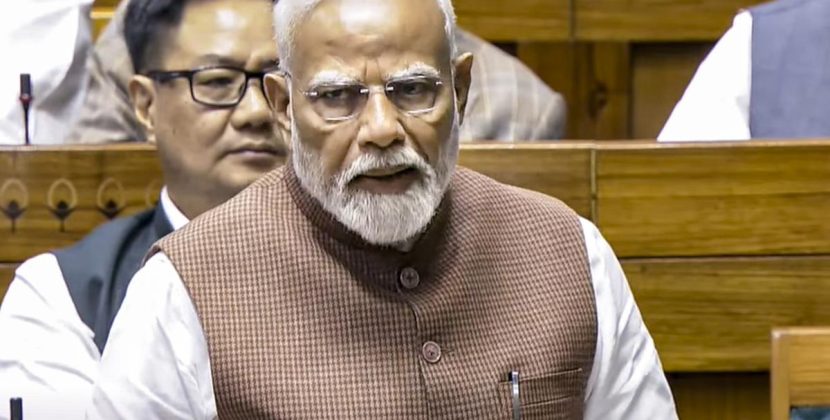

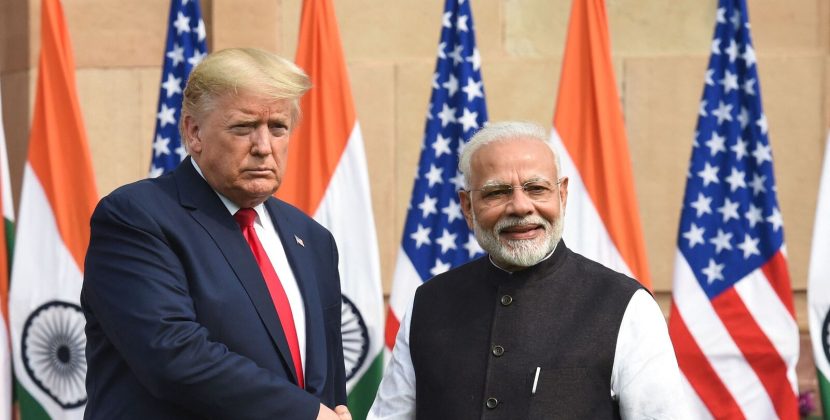
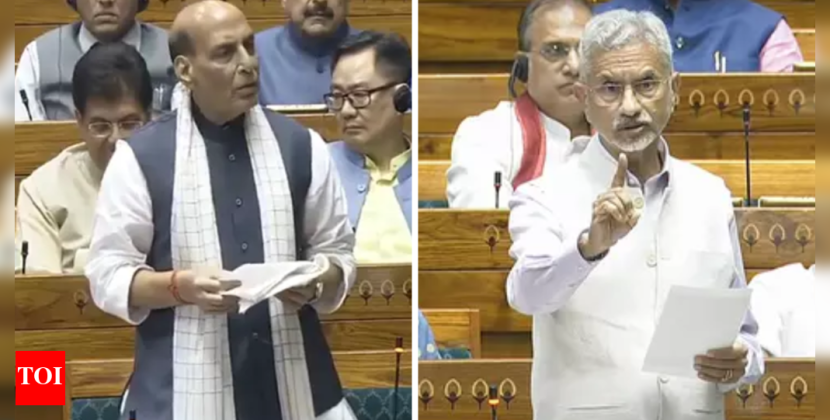





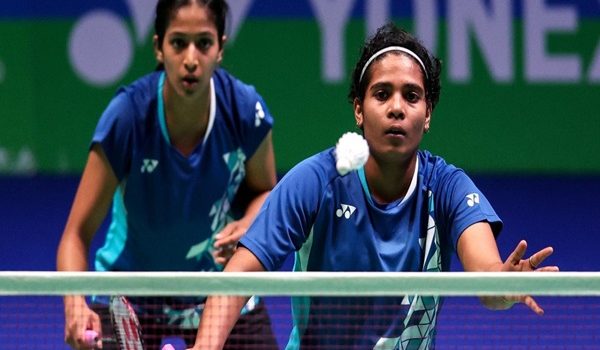

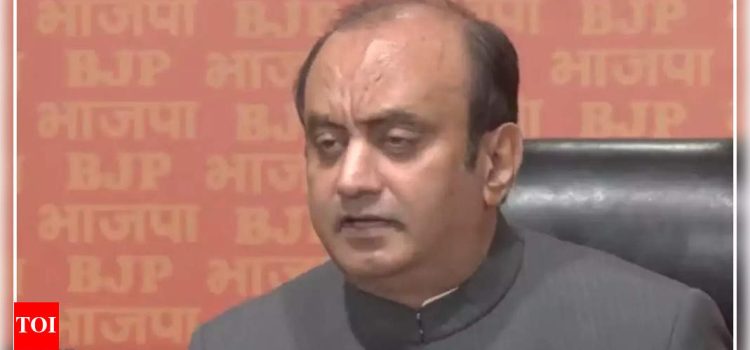


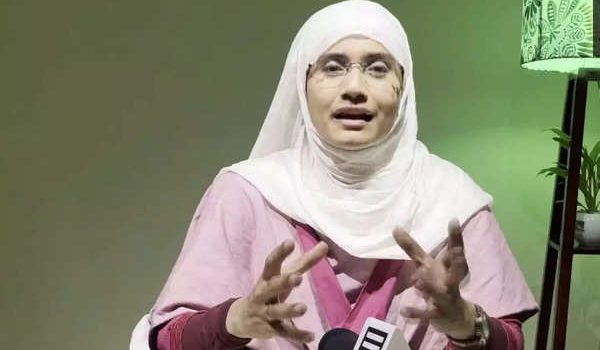
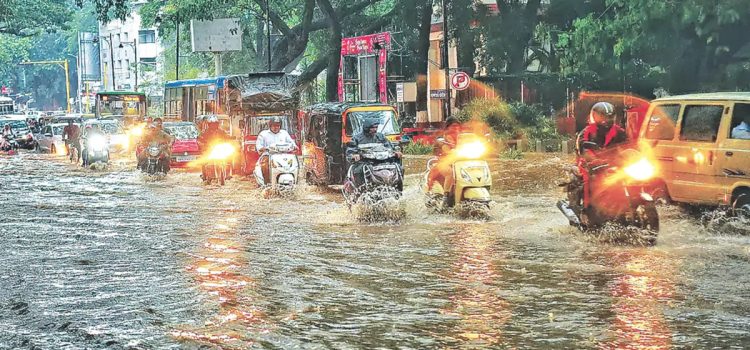




Comments